When I began cycling 15 years ago, I saw few women roaring down mountain-bike trails or commuting by bicycle. And when I took my bike to be repaired, I was rarely greeted by people who looked like me; I sometimes felt unwelcome or intimidated in these spaces.
But as I formed connections within the thriving Minneapolis–St. Paul cycling community, I learned about an open-shop night for female, nonbinary, and transgender cyclists.
Walking into those gatherings was empowering. The people fixing bikes looked like me, the people asking questions looked like me, and the people teaching looked like me.
Seeing myself reflected back gave me a sense of belonging, which emboldened me to also become a bike mechanic. And it inspired me to be a leader, because I had expertise that mattered.
I returned regularly whether I needed to make repairs or not. I went for the camaraderie and to learn from the diverse riders I met: We shared tips for layering up for cold-weather riding as well as which routes to avoid at certain times.
Members of marginalized communities — including women, LGBTQIA+, people with disabilities, BIPOC (Black, Indigenous, and people of color), and more — have historically been excluded from outdoor spaces. Even today, implicit bias and systemic issues pose challenges when they consider embarking on adventures.
This has created what mountaineer and journalist James Edward Mills has dubbed “the adventure gap,” arguing that marginalized populations are much less likely to seek recreation, adventure, and solace in wilderness spaces. His book The Adventure Gap: Changing the Face of the Outdoors chronicles the first summit of Denali by a team of Black climbers in 2013.
Mills notes that even though he never felt personally unwelcome among the outdoors community, he couldn’t help feeling concerned that so few other people of color participated. Digging deeper, he learned that year after year, statistics reveal that African Americans are least likely, of all ethnic groups, to engage in outdoor recreation, to be members of conservation groups, or to pursue careers in wildlife management.
Although the work to make the outdoors more inclusive began in earnest decades ago, social-networking sites have now made it easier for groups to raise their voices about the lack of diversity in the outdoor and conservation industries. Their efforts have created space for a greater spirit of collective activism and adventurism.
Visibility is a key that unlocks doors for underrepresented communities to tell their own stories, meet compatriots who enjoy the same activities, reclaim their roots, and become leaders in the outdoors.
Meet some of the athletes, coaches, and activists making the great outdoors accessible and safe for everybody — and every body.
Every Body Outside
Ambreen Tariq
Founder of Brown People Camping
www.brownpeoplecamping.com; @brownpeoplecamping

Ambreen Tariq’s Muslim, South Asian American family settled in Minnesota when she was 8. Seeing other families heading outside to hike, fish, and camp, her parents saved up money to buy a tent of their own.
“During a really tough time in my life and my family’s life of transitioning as working-class immigrants where every other part of our life was stressful — from bullying to financial struggles — the minute we got outdoors it was just about us,” she remembers. “We kept to our corner in the campground because it was still predominantly white.”
After college and law school, Tariq started camping again — and noticed the outdoors were still occupied mostly by white faces. So, she began sharing her own photos to highlight the lack of diversity.
Today Brown People Camping uses digital storytelling to share the experiences of Black and brown people in the outdoors. “It’s not just about getting more faces of color,” Tariq explains. “It’s about showing real people’s experiences out there and what does it mean to be able to take a day off and come out here.”
Photo of Tariq by: Paulina Dao
Danielle Williams
Founder of Diversify Outdoors
Senior Editor of Melanin Base Camp
www.diversifyoutdoors.com; www.melaninbasecamp.com; @melaninbasecamp

To share the joy of adventure with LGBTQIA+ and BIPOC communities, Danielle Williams started Diversify Outdoors and the blogging platform Melanin Base Camp. Once she began researching, however, she realized plenty of people from those groups already hiked, climbed, and kayaked.
“I didn’t know because I had never seen any images of Senegalese surfers, queer Latinx climbers, or Desi skydivers. I watched television but couldn’t recall a single U.S. outdoor-retailer ad featuring an adventure athlete of color. So, I assumed we didn’t exist,” writes the Harvard graduate, army vet, and skydiver, who lives with multiple disabilities — and has more than 600 jumps under her belt.
Today both sites serve as avenues for increasing the visibility of BIPOC outdoors enthusiasts in the media and advertising, while providing them an outlet to create and control their own narratives.
Photo of Williams by: Cornell Watson
Blazing the Trail
Verna Volker
Ultra Runner, Founder of Native Women Running
www.nativewomenrunning.com; @native_women_running

A member of the Southwest’s Diné (Navajo) Tribe, Verna Volker excelled at basketball as a youth but hated running. So no one was more surprised than she was when she took up jogging in 2009. “I had a preschooler, teenager, and toddler,” she remembers. “I was looking for a way to take care of myself, so I started running.”
What began as a way to reduce stress and improve her fitness has turned into a mission: raising awareness about the lack of inclusivity in the running industry while nurturing her own community.
When she’s not training for her next ultramarathon, chasing her four kids, or nursing a fledgling business, Volker chronicles stories of Indigenous women runners from across the United States via Native Women Running (NWR). She started the organization several years ago out of frustration: “I didn’t see anyone who looked like me on magazine covers or in commercials, and I wanted my sisters to be recognized,” she explains.
The more than 17,000 followers of the NWR Instagram feed learn about women like Carol Seppilu. “Carol’s an amazing, resilient woman,” Volker says. “She just ran an unsupported race of 100 miles. Yet no media outlets pick up her story and no shoe companies sponsor her.”
Through NWR, Volker began the Murdered and Missing Indigenous Women (MMIW) project, which includes a virtual run. According to the Centers for Disease Control and Prevention, Native women are murdered at a rate 10 times higher than that of other races and ethnicities.
“We’re running to raise awareness, to support those we love, and to heal from what and who we’ve lost,” Volker says.
NWR has also partnered with Go Guarded to create a safety ring — a plastic, serrated-edge tool that can be worn on any finger — and with organizations that teach self-defense. “I want those we’ve lost to be remembered and those still here to be safe,” she says.
Photo of Volker by: Melissa Fletcher
Jenny Bruso
Queer Femme Hiker,
Host of the Unlikely Hikers podcast
www.jennybruso.com; @unlikelyhikers; @jennybruso
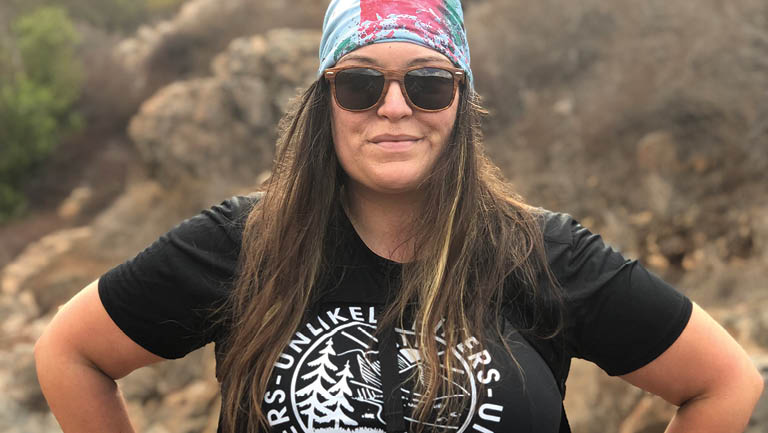
It wasn’t till 2012 that Jenny Bruso, a self-described late bloomer when it comes to outdoor adventure, had that quintessential life-changing moment on a hiking trail.
“Outside, I discovered a connection with nature, joyful movement, and a sense of place in a world I struggle to fit into,” she writes. “I also found outdoor culture to be often hostile to those who don’t fit the white, straight-size, cishet-normative, able-bodied mold.”
The waitress-turned-hiking-leader is now a staunch advocate for underrepresented outdoorsy people like herself — “femme, queer, and fat.”
She uses her platform to share how-tos, gear lists, and advice, such as “take as many breaks as your body tells you to and push yourself only in ways that feel productive.” Unlikely Hikers also hosts meetups and inclusive guided hikes across the country, with the slowest hiker setting the pace.
Cycling for Change
Monica Garrison
Founder of BlackGirlsDoBike.com
www.blackgirlsdobike.com; @blackgirlsdobike
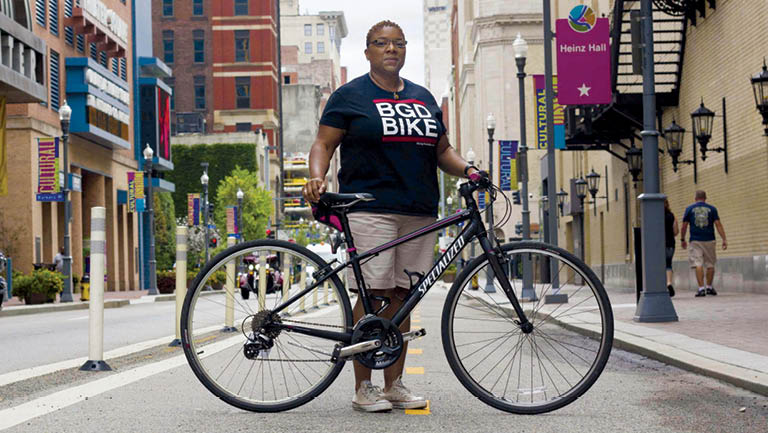
After surviving another long Pennsylvania winter, Monica Garrison bought a bike as a way to boost her mental and physical health. She rekindled a childhood passion for cycling and got her kids pedaling, too.
Along the way, she noticed few women of color riding. “When you don’t see other people doing something, it doesn’t always cross your mind to do it,” Garrison says. “Black women often have the weight of the world on our shoulders — family, work, and simply surviving from day to day doesn’t leave time for extracurriculars like cycling.”
Garrison experienced the health benefits of cycling firsthand and decided she wanted to get other women of color onto bicycles. Founded as a Facebook group in 2013, Black Girls Do Bike has grown into a movement boasting more than 95 inclusive riding chapters from Alaska and Antigua to London. The chapters promote cycling advocacy, safety, volunteering, skill-sharing, and self-care. Group rides provide camaraderie, accountability, and safety in numbers.
Her efforts have won her organization partnerships with Trek, REI, and USA Cycling.
“Five or 10 years ago Black women cyclists weren’t even on their radar,” Garrison says. “Now I’ve got a seat at the table and direct communications with major industry players.”
“But I’m most proud of the little things like getting emails, letters, or meeting people telling me that cycling has changed their lives, that they’ve started riding, or completed their first century,” she says. “That’s how I know I’ve really made a difference.”
Photo of Garrison by: Chancelor Humphrey
The Black Foxes, International Cycling Collective
www.theblackfoxes.com; @the_blackfoxes
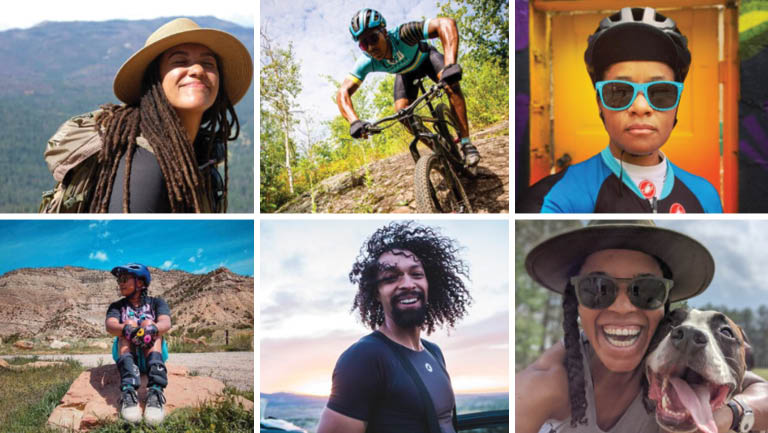
“We Belong Here,” states the Black Foxes manifesto. This international collective of “unapologetically Black cyclists” seeks to rewrite the narratives about Black people’s roles in cycling and the outdoors, inspire more Black people to participate in cycling and outdoor activities, and normalize blackness in the cycling industry.
Paddling for Inclusion
Charles Webb
Adaptive Surf Champion, Founder of Stoke for Life Foundation
stokeforlife.org; @stokeforlife
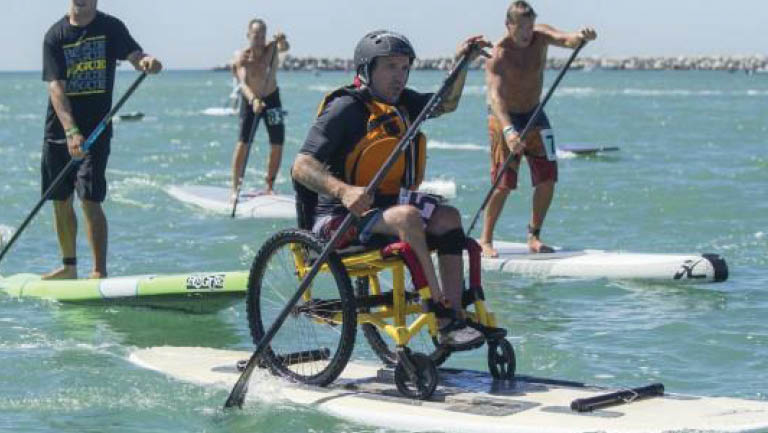
Growing up in San Diego, Charles Webb spent hours riding waves. But after his motorcycle met a Buick, his body and life were changed forever. Despite having T7–8 incomplete paraplegia, Webb never stopped thinking about getting back into the water. “You don’t want your disability to define who you are,” he says.
About 25 years later, Webb got back into the ocean with an Onit Ability Board. In 2013 he entered Battle of the Paddle, becoming the first person with paraplegia to compete in an open-water paddleboard race. News of his feat went viral and led to calls from others with disabilities seeking to learn how to paddleboard.
“I’d never really communicated with my community in that realm, but I had the knowledge and was obligated to share it,” he recalls.
Webb founded the Stoke for Life Foundation to raise awareness about the rehabilitative benefits of adaptive water sports. The organization offers free adaptive paddleboarding and surfing clinics, and advocates for innovations in adaptive water-sports equipment and for greater access to beaches. “Wheelchairs don’t go across the sand,” Webb says. “So we need beach tracks and water wheelchairs.”
Awareness, education, and “kindness to people who are different” are keys to change, he says. He encourages people to donate money and volunteer. “Don’t just talk about it — be about it.”
Photo of Webb by: Justin Rose
Colleen Cooley
River Guide, Diné (Navajo) Community Advocate
@ccoolio2
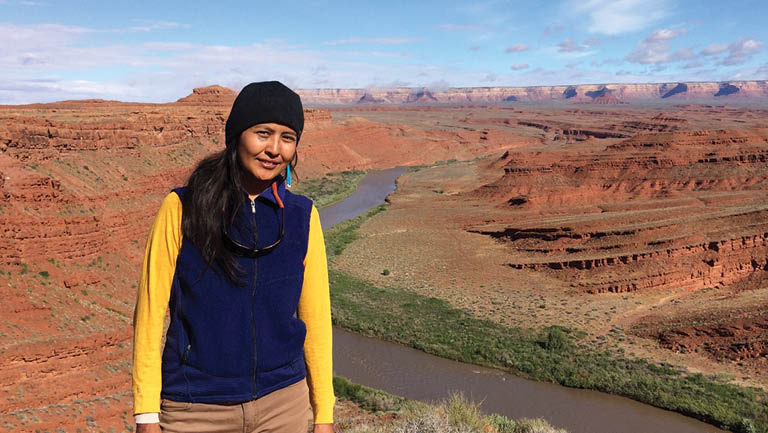
Despite generations-old stories connecting the Diné people to the San Juan River, economic and social barriers have often kept them from recreation on the waterway.
In 2010 Colleen Cooley became one of the first female Diné river guides leading groups through the Four Corners region of the Southwest. “I think it’s important as a Diné river guide to tell our story, our perspective, and how we connect to this place,” she says. “I want to share and be that role model for other guides — especially our own people.”
Her work connects the Diné to a traditional source of spiritual sustenance. But Cooley also raises awareness among everyone visiting the watershed about the hidden and violent history of America.
“I would like anyone that goes on the river to know that it’s Indigenous land,” she says in the short film Water Flows Together (www.sprucetonefilms.com/waterflowstogether).
“Before Park Service, before BLM, before Forest Service, before any of the boundaries including the Navajo Nation, all of it was Indigenous land. It’s not just a playground.”
Climbing for Visibility
Erin Parisi
Mountaineer, Founder of TranSending7
www.transending7.org
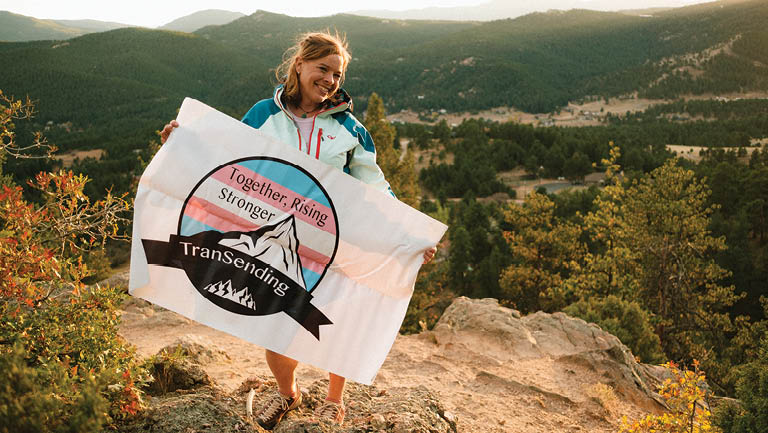
Erin Parisi’s goal is to stand atop the tallest points on all seven continents. When she first climbed Mount Kilimanjaro, Africa’s tallest peak, in 2011, she was presenting as a man and “went up there for maybe all the wrong reasons,” Parisi recalls.
“I remember feeling like if I got to the top of that mountain I could really prove something to myself and to the world,” she adds. “When I returned there as female, I wanted to climb out of the shadows and climb to a place where I could be the highest I could go and tell the world who I am and nobody could accuse me of being ashamed of it.”
Ever since announcing her transition, Parisi has been reaching new heights. She summited the highest peaks in Australia, Africa, and Europe during the first half of 2018. “There’s a whole narrative that goes along with transition in the United States. You feel like you can be you. But you can’t be seen and you can’t be heard,” she explains. “Everything the Seven Summits stood for to me was bucking that stigma and saying that I could own my own narrative.”
In 2018 Parisi also started TranSending7, a nonprofit that shares positive messages that thwart misconceptions about what it means to be transgender and supports other transgender athletes in their sports.
Photo of Parisi by: Wyn Wiley
Summer Winston
Founder of the Brown Ascenders
@thebrownascenders; @summerseeking

Multiracial, nonbinary climber Summer Winston is one of the masterminds behind the San Francisco–based climbing nonprofit the Brown Ascenders. The idea to create a support group of self-identified climbers began when they attended the Color the Crag Climbing Festival in 2017. In order to make climbing more affordable and accessible, Winston, an instructor at Santa Rosa Junior College, convinced a local gym to waive initiation fees.
Challenging the Slopes
Garry Schlag
Skier, Science Teacher, Wilderness Expedition Leader
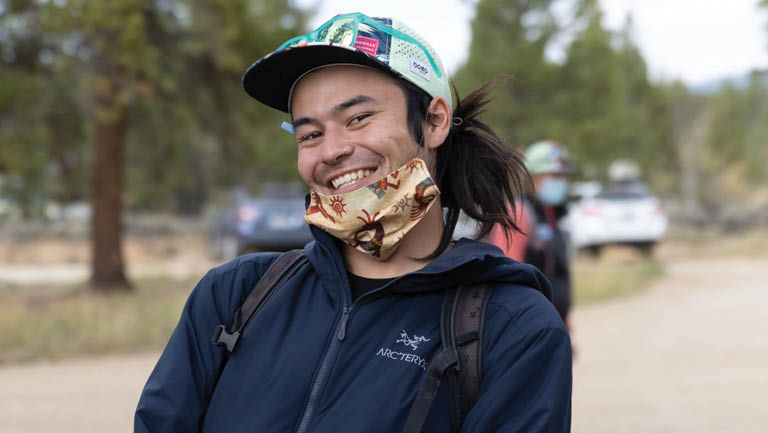
“In all my life of skiing, I have never had a mentor or instructor of the same racial identity as me,” says Japanese American Garry Schlag. “Growing up skiing in Park City, Utah, teammates and coaches called me ‘twinkie’ — yellow on the outside, white on the inside. The racist idea that skiing makes me white on the inside comes from the racist assumption that skiing is a white activity.”
Diversity on the slopes hasn’t changed much since Schlag was a kid. Recent data from the National Ski Area Association reports that 88 percent of skiers are white and well off financially.
Schlag is now a science teacher and expedition leader at High Mountain Institute in Leadville, Colo. High-school students there are immersed in a semester of rigorous academics and wilderness expeditions, in which Schlag holds space for students and instructors alike to consider the ways their intersectional identities relate to their connection with their leadership styles and the natural world.
Photo of Schlag by: Tim Faust
Anthony Taylor
Multisport Athlete, Coach, Activist
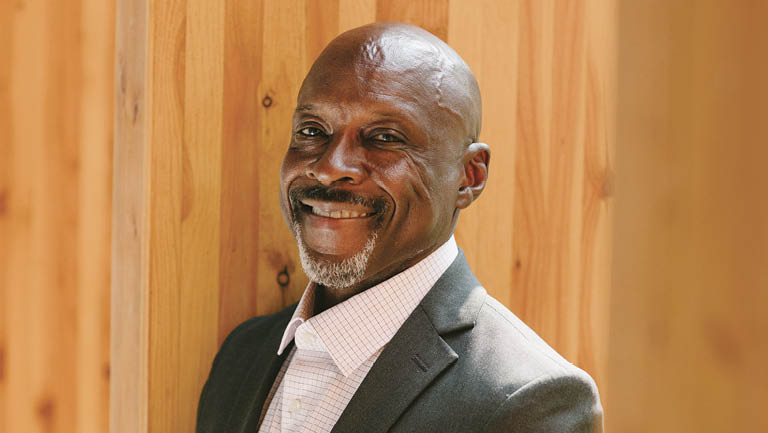
An avid paddler, fisherman, and cyclist, Anthony Taylor has been working to close the adventure gap for Black, Latinx, and Hmong youth in Minneapolis–St. Paul for decades.
In the 1990s, the longtime activist cofounded the Major Taylor Bicycling Club of Minnesota, named after Black cycling champion Marshall “Major” Taylor. Anthony Taylor serves on the League of American Bicyclists’ Equity Advisory Board and the board of the National Brotherhood of Skiers.
To create equity and greater well-being for all, Taylor believes it’s imperative to change the questions. “Instead of talking about it as sport or performance, what if we looked at the outdoors as a strategy for building the humans that we want?” he says. “Every person can have their own progressive experience in the outdoors, which is not the case in traditional sports.”
His latest venture is an outreach program — Cool Meets Cause — that partners with the Loppet Foundation to teach Black girls to snowboard. Unlike the media images designed in ways that can make them feel inferior, “the outdoors is a space for building women who love themselves,” Taylor says.
This article originally appeared as “Every Body Outside” in the June 2021 issue of Experience Life.
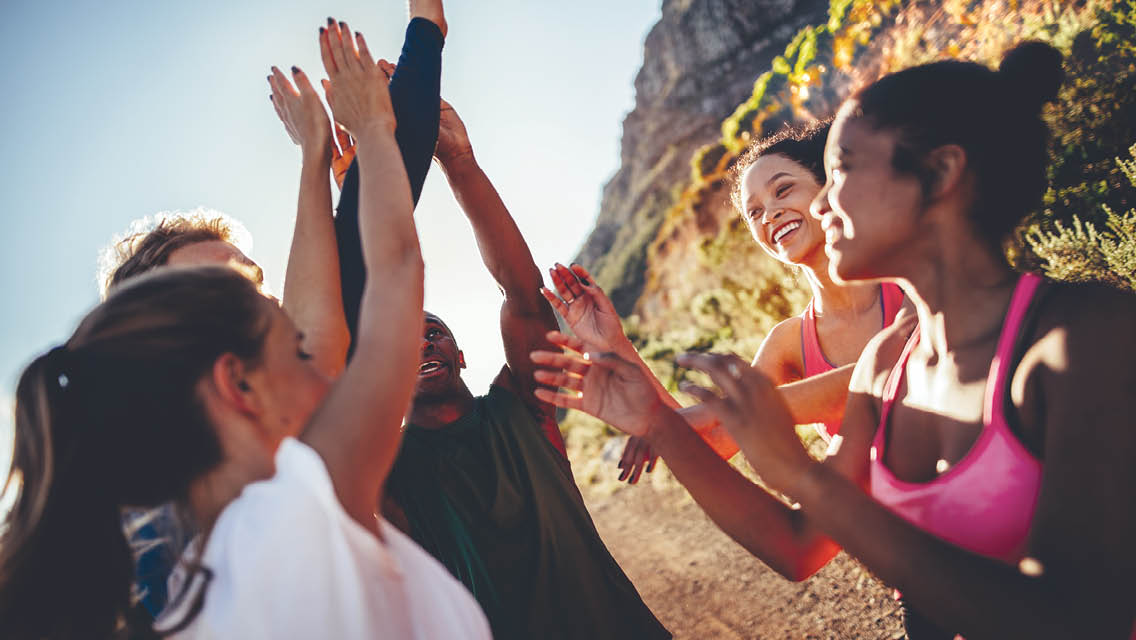

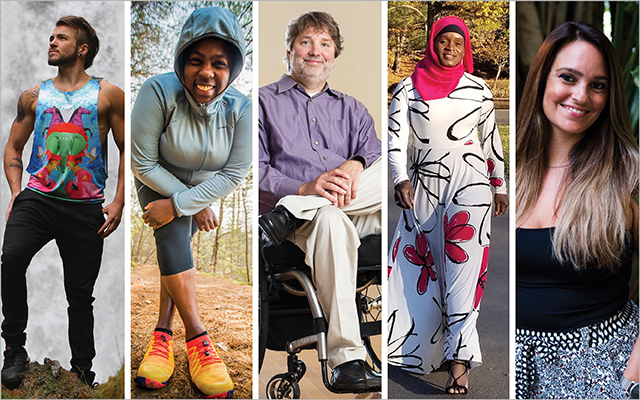
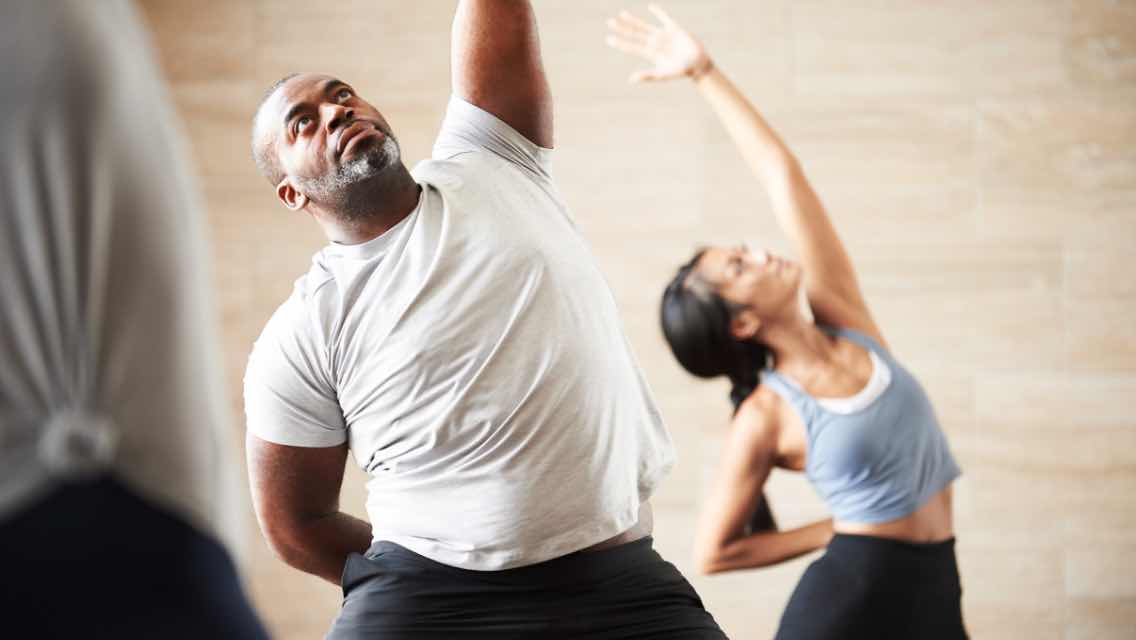

This Post Has 0 Comments